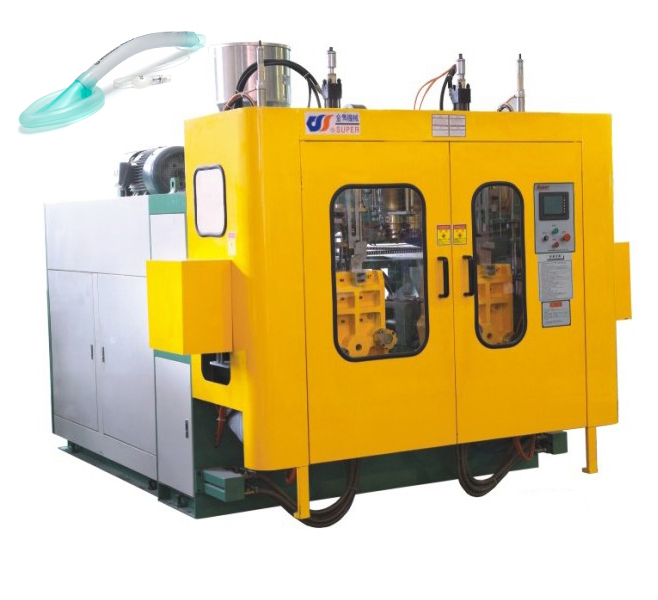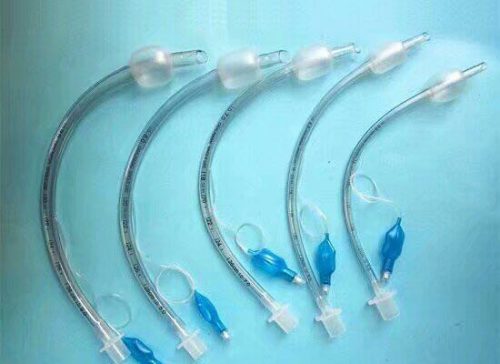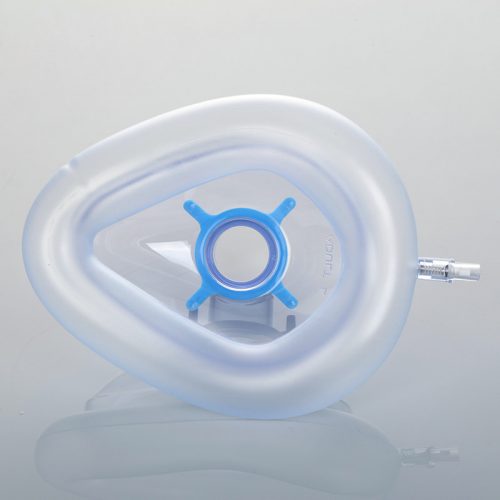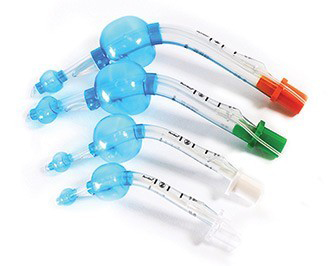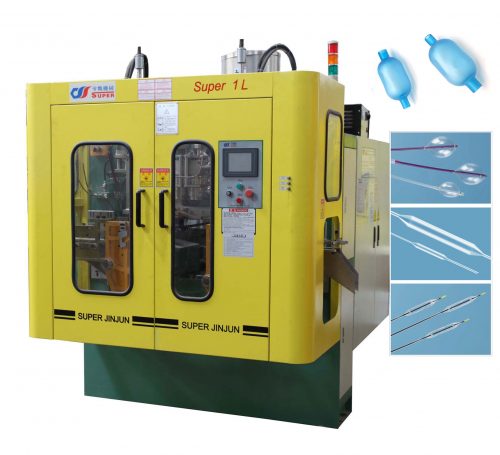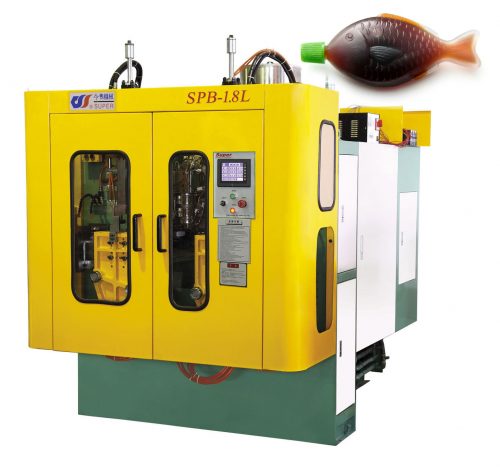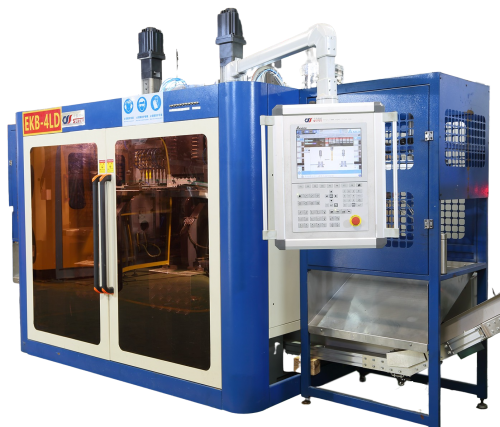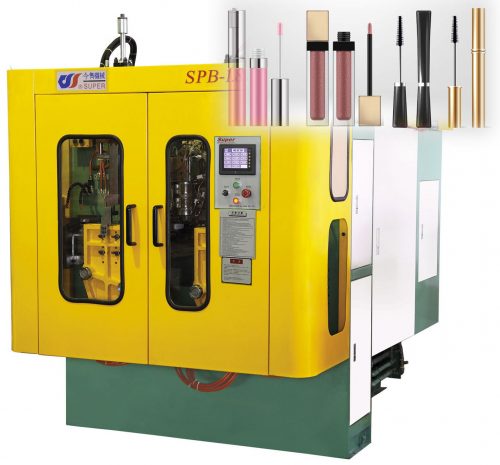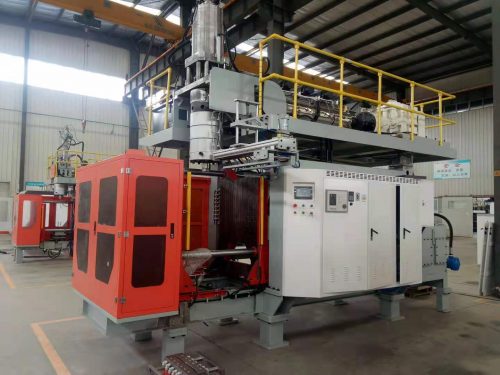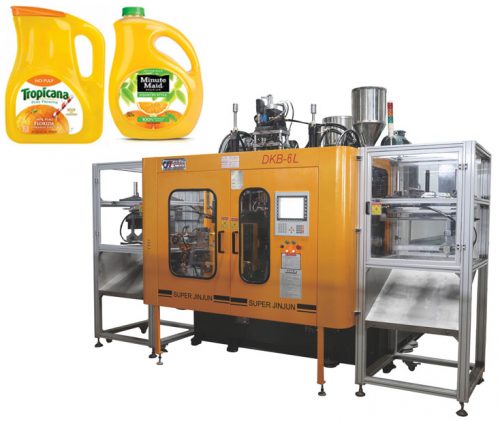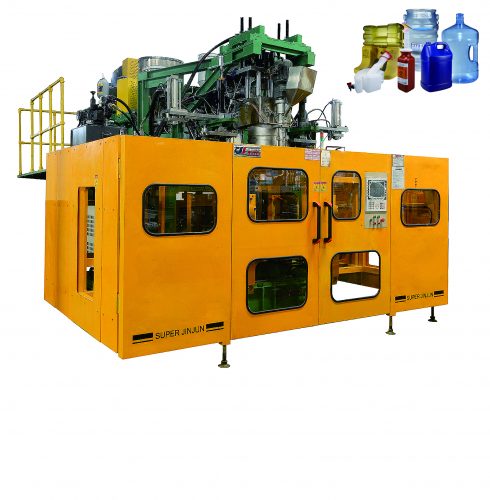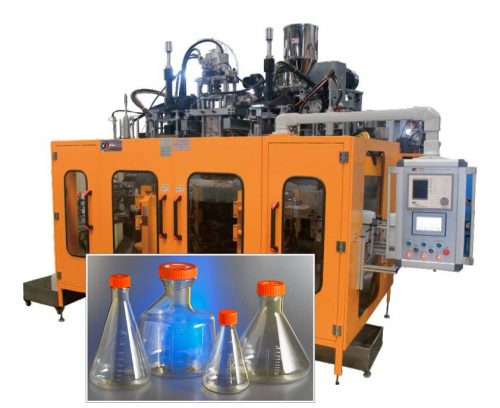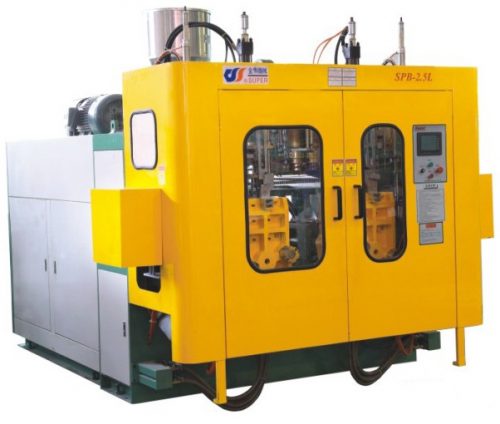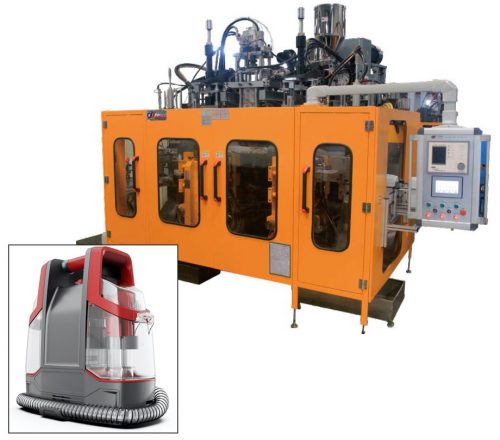Special Medical PVC Blow Molding Machine For Inftatable Balloons On Dilatation Catheter
- Double Station
- Single/Double/Triple extrusion Head
- Vertical Operated Clamping System
- Production Volume:2ml~3L
- Multi layers: Co-Extrusion 1-6 Layers
- Multi cavities: 1~4 cavities
- Specialize for the medical pvc inflatable balloons on dilatation catheter
- Clamping system: Tie Bar/4 Tie Bar
- Driven Model: Hybrid servo motor drive system/ High performance
- hydraulic power saving system/Close loop proportional valve
- Optional Parison controller/Auto Deflashing/Auto Recycling/Auto material feeder
- /Remote trouble shooting funciton/IML(in mold labeling)/full automatic production line/leakage tester
Why this machine is special for medical PVC Inflatable balloons?
perfect Designed for Cleanability
Stainless steel sanitary fittings
Sanitary fittings have no threaded surfaces that can trap bacteria.
Medical extruders are accustomed to stringent cleanroom standards and tight-tolerance requirements for producing medical tubing.
Two important requirements are for tanks to be easier and quicker to clean and to stay clean longer.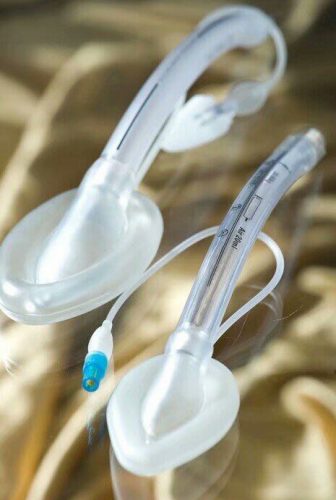
To that end, almost every surface and component of the JINJUN Super Series Medical Vacuum Tanks are made of stainless steel.
All water contact surfaces are electropolished and have rounded corners, which make the units easier to clean, and more resistant
to the buildup of bacteria and biofilms in the first place. The “tri-clover” fittings and valves, also known as “sanitary fittings,” are stainless steel
as well, and have no threaded surfaces that can trap bacteria, as is common with more conventional designs that are virtually impossible to clean.
“The fittings and valves we use are standard in the various beverage industries, but not for tanks that produce heart and brain catheters?
The vacuum section slides out for easy maintenance.
Quick system flushing and draining to pump the entire system dry is accomplished with the water pump and the addition of a three-way
water valve. According to expert processor, Larry Alpert, “The vacuum section easily pulls out. You can take your heat exchangers out,
you can wipe everything down, you can get at everything, and then you can reassemble it. Basically, it’s a toolless operation to re-flush and
refill and then use the tank. It should cut down the amount of time it takes to service a tank by less than half.”
Precise and Efficient
The JINJUN SUPER Series Medical Vacuum Tanks were designed to meet the critical ovality and concentricity requirements of single- and multi-lumen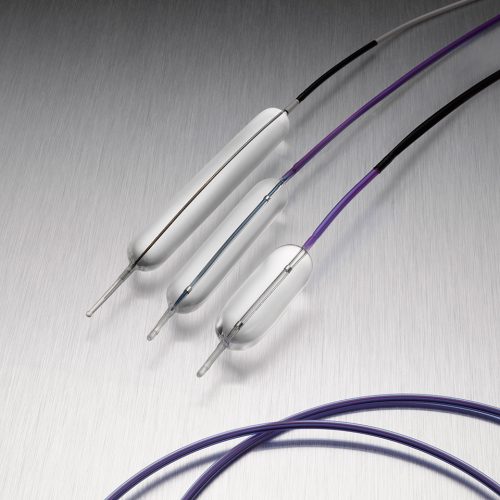
microbore tubing. As Bessemer puts it, he and Alpert set out to turn what had been guesswork into science through better process controls, which in turn create
a higher level of process precision and repeatability than has ever been possible before. Some of the ways they accomplished that objective include:
Digital closed-loop vacuum control – Controlling vacuum level is key to holding tight tube diameter tolerances demanded by the medical industry.
The tanks use a vacuum transducer with double the resolution of previous units. It can control the vacuum within +/- 0.01 inches of water instead of 0.1
inches with previous units.
Servo linear actuator to control the “hot gap” – The distance between the extruder die and the entrance to the water or vacuum tank can be a critical
quality factor—particularly in microbore tubing—and is typically considered a process validation point in the medical industry. To create more precise and
repeatable control of the gap, Novatec replaced the old handwheel positioning device with a linear actuator that is accurate to a few thousandths of an inch.
It allows an operator to back off the tank 6 inches to string up a new job and then precisely set or reset the gap at the touch of a button.
Standard medical-grade filtration – Sterile applications such as heart or brain catheter tubing place stringent demands on the tank filtration system.
The Novatec tanks use a two-phase system with a UV filter to kill bacteria and then a membrane filter as small as 0.5 microns to remove pyrogens.
Water circulation system –The unique system minimizes water cavitation, which creates micro-water bubbles that can cause tubing surface imperfections
and ultrasonic gauging issues. Bessemer’s design places the water pump below the reservoirs to make it self-priming, which dramatically reduces cavitation issues
from that source. Moreover, it uses an AC inverter to drive the pump motor for precise RPM control. Besides being able to fine-tune pump pressure for different
vacuum levels, it also allows the processor to set a lower nighttime circulation rate to save energy and further minimize stagnation.
